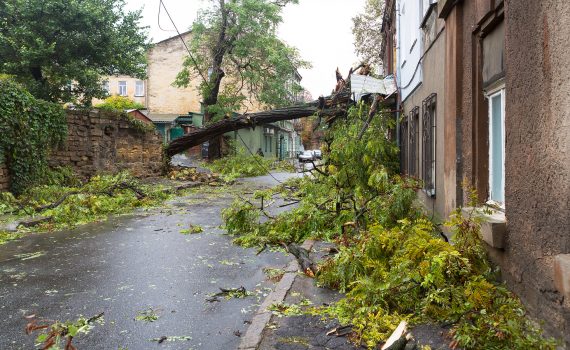Going to a park or a natural park brings serenity and peace. The trees in these areas provide an area of comfort and relaxation. However, these trees can also pose a danger. A fallen branch or even an incubator for pests could pose problems for you or your surrounding area. So how does one go about identifying tree hazards? Here are some ways to recognize them:
Separation
When you are looking at trees, it’s important to identify points where there maybe cracks or splits. If these cracks or splits go into the branch or seem to be covering the entire part of a limb, then this would be a method for identifying tree hazards. Should the separation be going down the middle of a trunk, this is a critical scenario that needs your attention. A certified arborist would be the right person to help you identifying the tree hazards.
Dying
Over time, parts of a tree may start dying. To protect from hazards, knowing areas that maybe failing and removing them promptly will help protect you and your surroundings. If you do not address them, then they could cause a limb to fall or break off.
Disease
Trees that get diseased can be a huge problem. Some diseases cannot be cured but others are solvable. A common sign of disease is the loss of bark without any bark growing in its place. Another indication of disease is the existence of fungus. If parts of a tree have a mushroom, this could be indications that the tree is sick. Should you see these signals, contact a certified arborist.
Leaning
When a tree starts leaning in a dramatic fashion, this is another sign of problems. It showcases that the tree maybe structurally failing This is another situation where a certified arborist should be called in to evaluate the situation.
If you have questions or need to speak with a Certified arborist, contact Sexy Trees.
 Bringing Sexy Back Into Your Yards
Bringing Sexy Back Into Your Yards 
